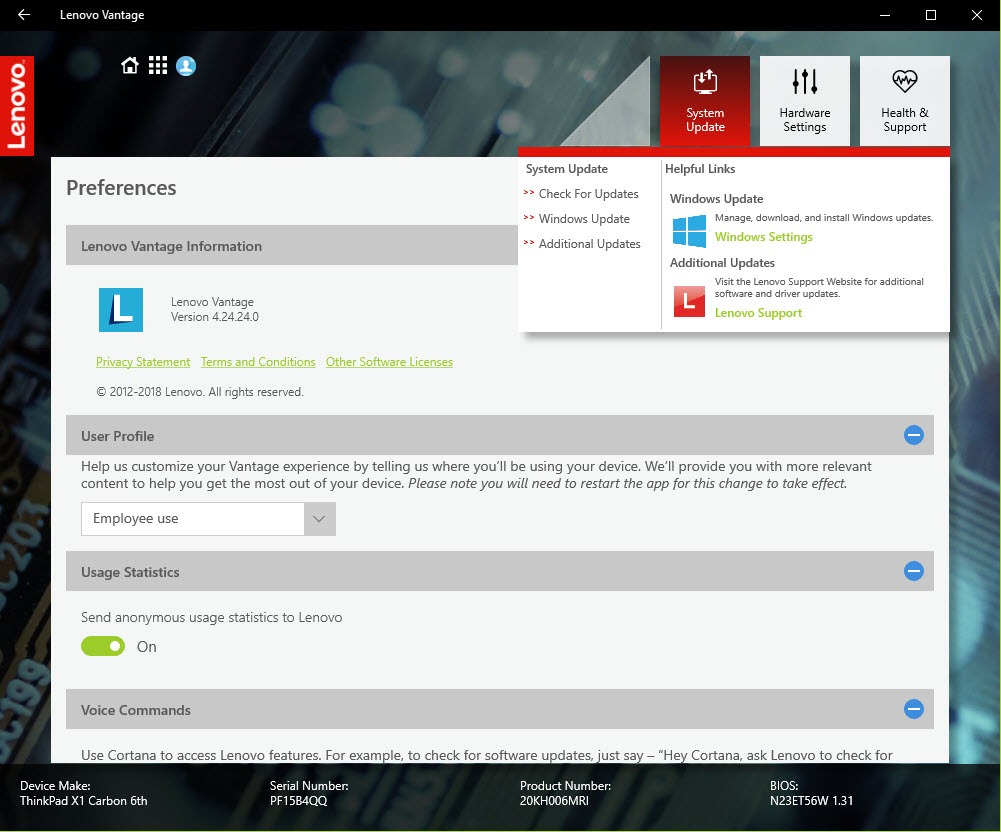

That’s a switch for the Surface Pro 8, which was previously made of lighter magnesium. The Yoga 9i 14 Gen 7 and Surface Pro 8 are both constructed of CNC machined aluminum. Which of these styles is better for you depends entirely on whether you need a tablet that can stand in for a clamshell or a clamshell that can function as a tablet on occasion. It’s more stable as a clamshell than the Surface Pro 8, but it’s not nearly as comfortable to use as a tablet. The Yoga 9i 14 Gen 7 is a 360-degree convertible with a display that swivels all the way around and allows the laptop to be used in four modes - clamshell, tent, media, and tablet. It’s not as stable in a lap as a typical laptop, but it works well when sitting on a flat surface. The Surface Pro 8 is a tablet first, with a Signature Type Cover keyboard that snaps magnetically to the bottom of the slate and turns it into a pseudo-clamshell machine. The most significant difference between the two laptops is their 2-in-1 design. Both laptops are attractive, modern machines among the best-looking in their class.

It retains the same slate design as before, coming in either Platinum (silver) or Graphite (black), with the iconic Surface Pro kickstand that extends out from the center of the back of the tablet. The Surface Pro 8’s display increased from 12.3 inches to 13 inches, and its bezels were thinned out, making the new version only slightly larger than its predecessor despite the larger screen. You have a choice in colors, either Oatmeal (silver) or Storm Gray (dark gray), which carry throughout the laptop’s design. Those round chrome edges not only give the Yoga 9i 14 Gen 7 an elegant sleekness, but they also make it much more comfortable to hold in tablet mode. The lid’s edges retain an angle, giving the laptop a distinctive look from the sides. The Yoga 9i 14 Gen 7 saw its sharp edges completely rounded out and layered in chrome, especially along the edges of the chassis. Fitbit Versa 3ġ2.52 inches by 9.06 inches by 0.6 inchesīoth machines received significant revisions in their latest versions. It should be protected, but the vulnerability in the System Management Interrupt (SMI) handler could mean access to the highly privileged System Management Mode (SMM) of the processor, which has access to normally hardware-protected memory. SPI flash is a memory chip used for platform firmware code, such as UEFI firmware. ESET noted that an attacker would require administrative privileges carry out their misdeeds. Lenovo deemed the trio to be of "medium" severity.



 0 kommentar(er)
0 kommentar(er)
